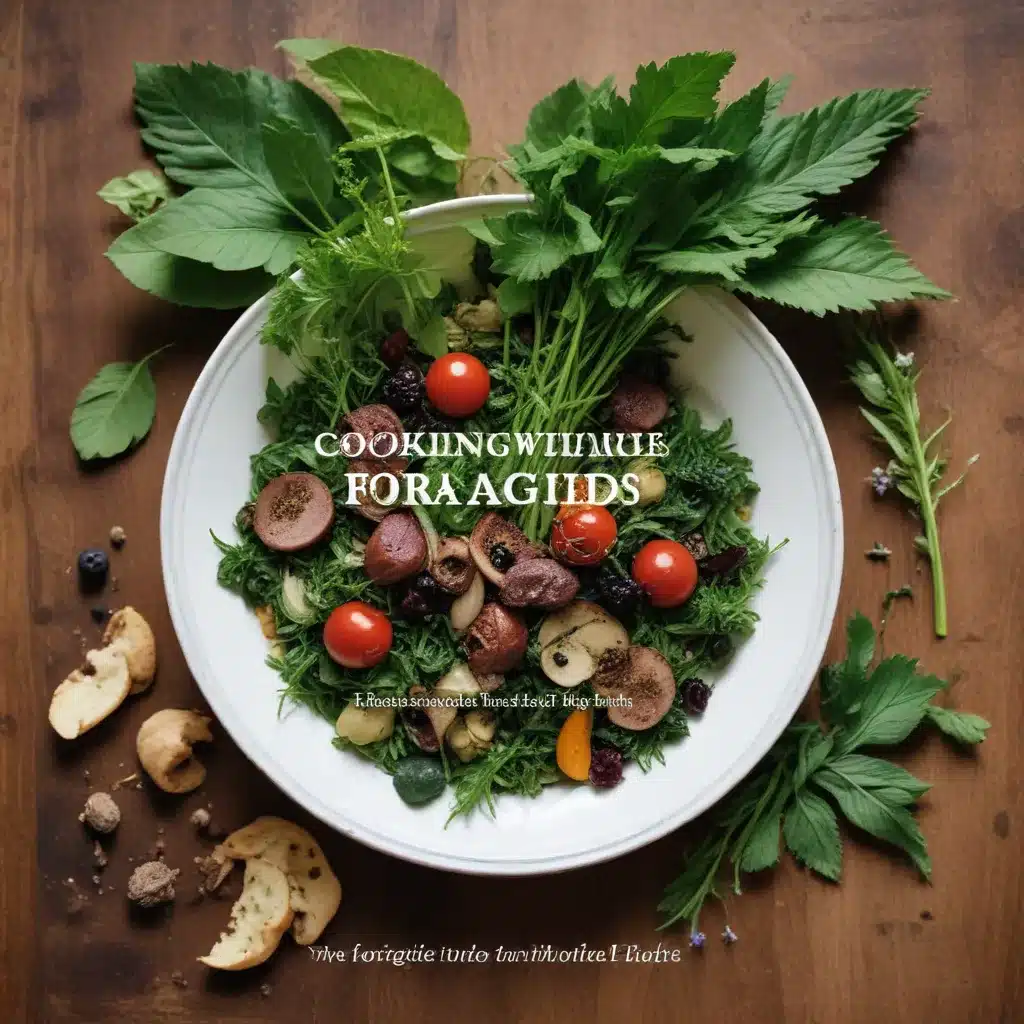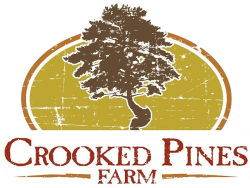
Cooking with Foraged Finds: Recipes Using Wild Edibles from the Farm
At Crooked Pines Farm, we believe in making the most of the bounty right under our noses. While many view the lush greenery and flowering plants around us as mere “weeds,” we know that these wild edibles are a treasure trove of delicious and nutritious ingredients waiting to be discovered. From the sunny dandelion blossoms to the tender nettle tips, the woods, fields, and gardens of our farm are alive with an abundance of wild flavors to explore.
Foraging Basics
As a farm educator, I often get asked about the basics of foraging for wild edibles. The key is developing a keen eye and an attentive connection to your natural surroundings. Start by closely observing the plants you encounter, taking note of their distinct features like leaf shape, flower color, and growth patterns. By repeatedly exposing yourself to the same plants, your brain will start building “search images” that allow you to quickly recognize them in the future.
It’s also crucial to learn about poisonous look-alikes and practice caution when trying new wild foods. Always double-check any plant’s identity using at least two reliable sources before consumption. And when sampling a new edible, start with just a small portion to test for any adverse reactions. Patience and mindfulness are the foundations of safe, sustainable foraging.
Wild Edibles on the Farm
Once you have a handle on identification, you’ll be amazed at the array of wild treasures hiding in plain sight on the farm. Dandelions, that ubiquitous lawn pest, are packed with vitamins, minerals, and antioxidants. Their young greens and sunny flowers can be enjoyed raw in salads or fried up into crisp, flavorful fritters. Stinging nettles, often avoided for their prickly reputation, transform into a wonderfully nutritious green when cooked. Try them in a springtime nettle soup or blended into a vibrant pesto.
Beyond the weeds, many of the plants we grow as crops have edible wild cousins. Lamb’s quarters, for example, are a close relative of cultivated spinach with an earthy, nutrient-dense flavor. These resilient greens thrive in disturbed soils and can be harvested abundantly from garden beds and field edges. Another underutilized wild green, purslane, grows prolifically as a “weed” but packs a punch of omega-3s, vitamin E, and antioxidants.
Incorporating Wild Flavors
When working with foraged finds, it’s important to honor their natural characteristics. Many wild plants have bold, assertive flavors that pair beautifully with simple preparations. Try infusing vinegars, oils, and syrups with the fragrant leaves and flowers of lemon balm, bee balm, or wild bergamot. These herbal essences can then be used to add dimension to salad dressings, marinades, and even cocktails.
Floral accents can also elevate both sweet and savory dishes. The delicate petals of violets, nasturtiums, and chive blossoms make a stunning garnish, while their subtle flavors can be incorporated directly into baked goods, sorbets, and compound butters. For a show-stopping appetizer, try tempura-frying whole dandelion flower heads and serving them with a zesty ramp or wild garlic aioli.
Seasonal Foraging Recipes
As the seasons shift, the wild edibles available on the farm ebb and flow. In early spring, we eagerly await the first emerald tips of nettles and the unfurling of fiddlehead ferns. These tender greens are excellent in a simple sauté with olive oil and lemon, or as the star ingredient in a creamy, nourishing soup. As summer arrives, the jewel-toned mulberries and tart purslane make their debut, perfect for folding into yogurt parfaits or blending into refreshing smoothies.
When autumn rolls around, the wild bounty shifts once more. Juicy rose hips, bursting with vitamin C, can be simmered into a tangy syrup for drizzling over pancakes or stirring into herbal teas. And let’s not forget the humble acorn, whose nutty flavor shines when roasted and ground into a flour for baking. With a little creativity, these foraged finds can be transformed into all manner of delectable dishes.
Nutritional Benefits of Wild Edibles
Beyond their culinary versatility, wild edibles are prized for their exceptional nutritional profiles. Many are true nutrient powerhouses, containing high levels of vitamins, minerals, antioxidants, and other phytochemicals. Nettles, for instance, are a premier source of vitamins A and C, iron, calcium, and protein. The deep greens of lamb’s quarters and purslane are brimming with magnesium, folate, and omega-3s.
Incorporating these wild foods into your diet can also provide holistic health benefits. Their anti-inflammatory properties may help soothe conditions like arthritis and seasonal allergies. The fiber and prebiotic compounds in many wild greens also nourish a healthy gut microbiome. In short, foraging on the farm is not just a delicious adventure – it’s a pathway to greater overall wellness.
Forager’s Pantry
Of course, the bounty of the wild doesn’t have to be enjoyed only in the moment. At Crooked Pines Farm, we like to preserve the flavors of our foraged finds to savor all year round. Drying or dehydrating herbs, flowers, and berries concentrates their essence, allowing us to incorporate them into teas, spice blends, and even natural dyes for DIY craft projects.
Fermentation is another fantastic way to extend the life of wild edibles. Pickled ramps, cattail shoots, and foraged mushrooms make wonderful accompaniments to cheese boards and charcuterie platters. And don’t forget about wild fruit preserves – a drizzle of tangy rose hip or mulberry syrup can transform a simple dish into something truly special.
Whether you’re new to foraging or a seasoned pro, the abundant and ever-changing world of wild edibles offers endless opportunities for culinary exploration right here on the farm. So get out there, keep an observant eye, and get ready to discover a whole new palette of flavors to infuse into your meals. The only limit is your imagination!


